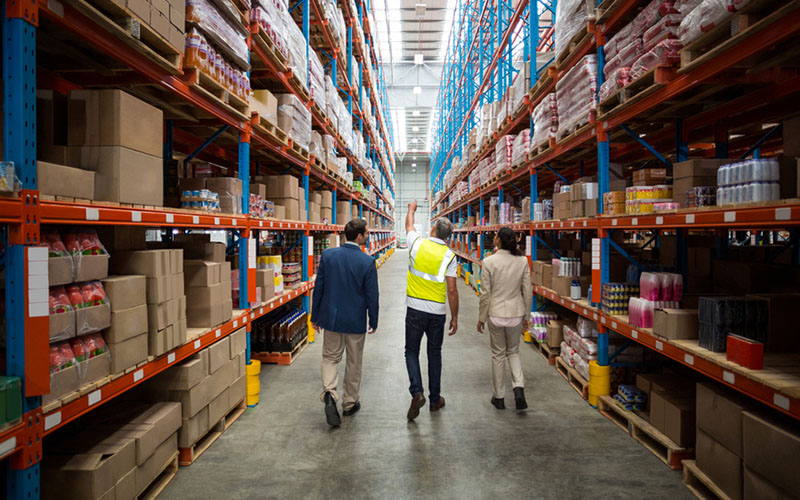2020 Is Redefining What Customers Want from Their Next Warehouse Management System
As early as February 2020, at the beginning of the COVID-19 pandemic, 94% of Fortune 1000 companies were facing supply chain disruptions. It only got worse after that, as most of us can attest to from experience. After many months in which to update, re-tool, and transform their supply chain infrastructure, how are companies faring?
In August 2020, Verusen’s report on the “State of Supply Chain Inventory Management” showed that “only 10% of them [companies] felt fully prepared for the coronavirus impacts” despite most respondents rating their supply chain maturity at “high” or “highest.”
Over the year, the warehouse has become the center of supply chain attention. With the closure of retail stores – some permanently – the warehouse is suddenly the entity fulfilling orders for consumers. From a cost center that was best placed out-of-sight in remote towns, the warehouse is now seen as the competitive differentiator, directly affecting consumer experience and loyalty.
As we speak to customers, we hear extraordinary experiences in handling what has often been termed as “Christmas-level volumes every day.” When this is translated into product direction and strategy, a few key themes emerge.
WMS to Warehouse Platform Services (WPS)
The warehouse management system (WMS) can no longer be a monolithic application, whether in a server room or the cloud. The capabilities that were previously packed in tightly, will separate into microservices. Advances in narrow, specific areas such as tour building or cartonization will be deployable instantly, without a full WMS upgrade. Eventually, the WMS will be a term for an ecosystem of interoperable services – some of which will be from partners or even the customer.
As the WMS evolves, it will reflect Warehouse Control System (WCS) or Warehouse Execution System (WES) capabilities, in acting as a hub for integrations, automation controls, and lightweight WMS operations.
Digital Awareness
To respond to a dynamic environment, the WMS – now in its WPS form – will interconnect both to the local environment and externally all the way to demand and planning signals. Every pick is scheduled dynamically, with real-time inputs of associate location and ability, automation status, and trailer readiness. Macro demand signals drive accurate labor forecasting many days ahead of time.
Hybrid Automation & Labor
Warehouse robots intermingling in the same environment as human pickers and forklift drivers present new, unique challenges to the WMS and labor solutions. While not interchangeable, this hybrid approach provides multiple approaches to accomplishing the day’s goal, with opportunities to optimize for labor use, fatigue, and asset investment, while meeting service level agreements.
Edge and Cloud Computing
A variety of newly implemented microservices will benefit from running locally. Some highly computational services could benefit from being run at the edge. Other services will focus on providing rapid response times, buffering the operation from delays due to roundtrip travel times, for example. Some local services will provide redundancy, ensuring operations can continue at least for a few hours in case of outages.
However, none of these services can stand isolated from the main cloud infrastructure. The edge will need to connect seamlessly with the cloud.
Flexibility
We can almost certainly expect 2020 to drive warehouse technology transformations for many years to come. The decision-makers will go well beyond logistics and include business and strategy leaders. They will expect to see a solution that is nimble with the ability to pivot quickly to handle new trends we cannot anticipate today. The emphasis will be on how rapidly new services—powered by machine learning (ML) models or connected to IoT signals—can be deployed.
Through our Luminate Logistics solutions portfolio, Blue Yonder is actively working to address these customer demands. Our industry-leading collection of advanced solutions such as cloud computing, the Internet of Things (IoT), machine learning (ML), and artificial intelligence (AI) –leverages a broad partner ecosystem, all to develop cognitive and connected Warehouse Management Solutions.
To help customers experience these solutions, Blue Yonder is offering a free, 90-day trial of its warehouse tasking solution. Built on a robust SaaS-based platform, warehouse tasking can extend warehouse capabilities while harnessing the power of ML to unlock opportunities for greater efficiency and cost savings running in a 24×7 warehouse environment. To learn more and request a trial, visit BlueYonder.com.

